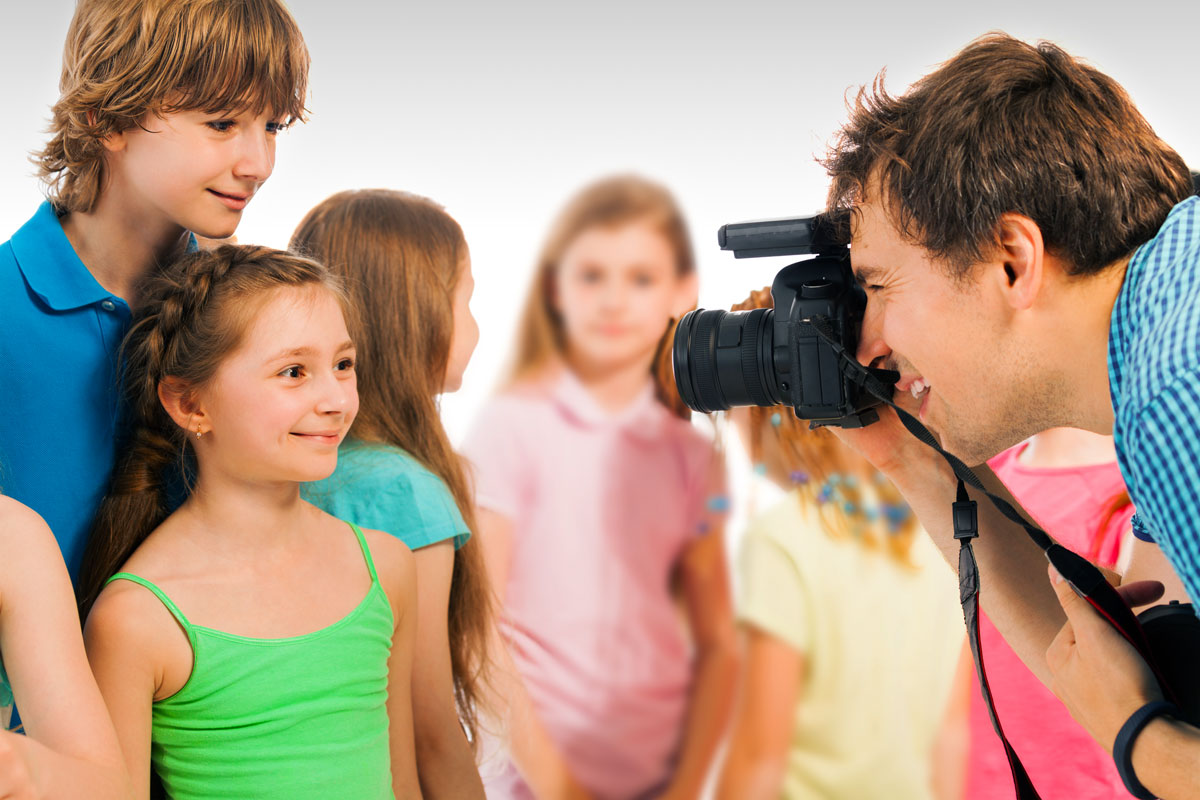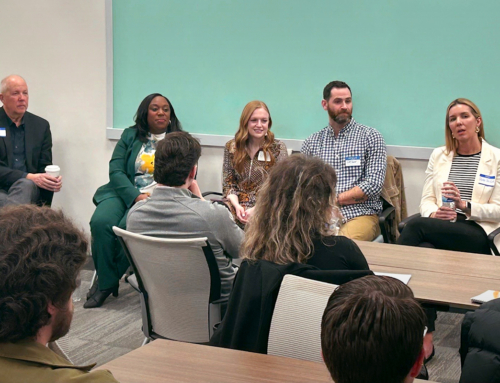If you think Picture Day at school is a challenge for some students, ask the photographers how they feel on the other side of the camera. With limited time, a structured schedule and what may feel like an overwhelming number of kids to manage, school photo shoots are some of the most difficult settings to document on camera and video.
On top of all that, creative professionals are responsible for monitoring who and what can and can’t be featured in photos, videos and audio recordings to protect the privacy of families and avoid potential legal implications. Here are five crucial permissions-related housekeeping items to have top of mind anytime you’re grabbing content on campus grounds or during a school-sanctioned event.
1. Triple check for student release forms.
Check in with multiple staff members to confirm which students have had their release forms signed before setting up to snap photos, shoot video or record audio. Most administrations offer a single release form ahead of each school year, allowing parents and legal guardians the chance to prevent their child’s image and voice from being published in news stories or marketing content. Students may be dealing with sensitive custody, domestic violence or citizenship status issues at home, so you have to remember and respect that not everyone is comfortable being photographed or recorded.
2. Adults require permission, too.
Even if your assignment is limited to a single classroom with students, remind yourself and ask: Are there any teachers or adults that could be featured? Although signing on their own behalf, consent is just as important for staff and community members as it is for the kids. Handheld tablets loaded with digital forms ready to sign in real-time are especially helpful when dealing with new volunteers without releases on file.
3. Use visual reminders
Once you have releases sorted out, handout colorful stickers or bracelets to those without a signed form as a visual reminder to not photograph or record them. If release forms aren’t an obstacle, they can also be used to identify who you’ve already captured enough of so you know to focus on others.
4. Post signage
Even with the assurance of signed student photo release forms, it’s a good extra layer of caution to post signage at the gate of large-scale events like back-to-school nights, football games and family festivals that let attendees know video and photos are being taken. It provides attendees (think parents and other caregivers) an opportunity to proactively express their wishes to not be photographed.
5. Avoid prominent logos and branded items.
Another factor easy to forget is keeping track of trademarks and copyrights. Look at graphic T-shirts and clothing captured before editing your content. The same goes for classroom items and banners — anything with a logo that’s not yours could complicate things. While a business or organization is probably less likely to reach out than a parent or guardian who didn’t sign a release form, the consequences of featuring them in published materials are just as, if not more, serious.
Whether you’re popping in for a few minutes or actively documenting a day-long event, make sure you have the proper permissions and always check your work so you don’t have anything to worry about before it’s too late to correct.








